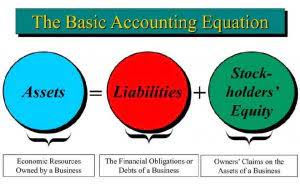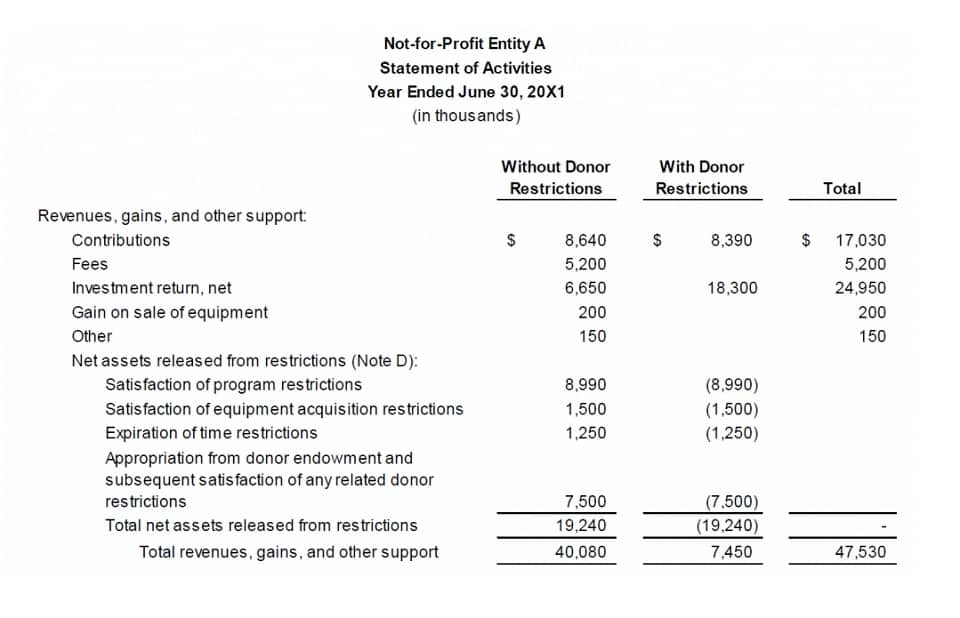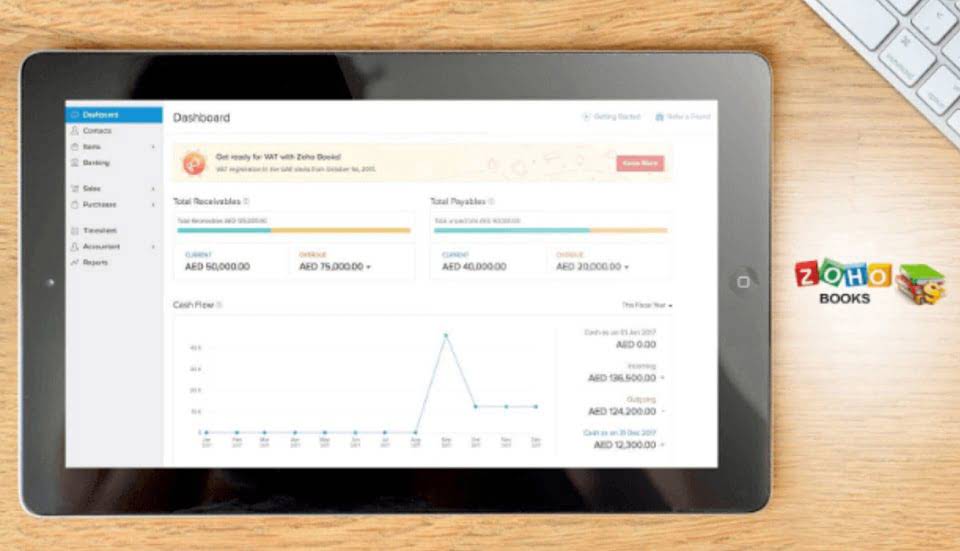What is Vertical Analysis of Financial Statements?

So if a company’s balance sheet had a total of $400,000, and $100,000 of it was accounts receivable, then by using vertical analysis, AR would be 25% of the total assets on the balance sheet. For example, on the income statement if the base chosen is revenue, then each line item would be shown as a percentage of revenue. The base may also be net income, total gross income, or any other detail of income that you would want to compare. Vertical analysis is a type of ratio analysis that presents each line on the financial statements as a percentage of another item. Vertical analysis is the comparison of financial statements by representing each line item on the statement as a percentage of the total amount.

Key Takeaways:
Vertical analysis, also known as common-size analysis, involves analyzing financial statement items as a percentage of a base amount within a single period. This method helps in understanding the relative proportions of various components and their impact on the overall financial position. Furthermore, vertical analysis can be misleading if used in isolation without considering horizontal analysis or external benchmarks. One of the key benefits of vertical analysis is its ability to highlight trends and potential areas of concern within a company’s financial statements. For example, a significant increase in the percentage of expenses relative to total revenue could indicate inefficiencies or rising costs that warrant further Bookkeeping for Startups investigation.
- Vertical and horizontal analysis are foundational techniques in financial accounting, each offering unique insights but serving complementary roles in economic analysis.
- The trending of items on these financial statements can give a business valuable information on overall performance and specific areas for improvement.
- Vertical analysis assesses the relative representation of each financial statement line item by expressing them as percentages of total sales.
- This shows each cash outflow or inflow as a percentage of the total cash inflows of the business.
- In this vertical analysis, we express each item on the balance sheet as a percentage of the total assets (for assets) or total liabilities and equity (for liabilities and equity).
Facilitates Quick Identification Of Cost Structure
- By examining these benefits and limitations, readers can gain a well-rounded understanding of how vertical analysis can be utilized effectively within financial decision-making.
- These nuances should be considered for a thorough understanding of financial dynamics.
- In this article, we will explore the definition, working principles, and provide an example of vertical analysis to help you optimize your financial strategies.
- Vertical analysis shows a comparison of a line item within a statement to another line item within that same statement.
- Furthermore, the operating expenses, such as selling and administrative expenses, account for 10% and 6% of net sales, respectively.
- Vertical analysis is useful for understanding the relative significance of each component of the financial statements, making it easier to spot patterns and anomalies.
It also helps FP&A teams identify which areas to focus on in their forward planning and projections to boost the bottom line. IT and software costs have increased on a dollar basis, which could initially cause some concern for FP&A executives looking to cut costs. However, when reviewed against the overall revenue of the business, this line item has actually gone down slightly. When you apply vertical analysis to an income statement, it lays out a straightforward and transparent picture of a company’s spending patterns.
How Horizontal Analysis Works

Vertical analysis of a cash flow statement shows each cash inflow or outflow as a percentage of the total cash inflows. Line items on a balance sheet can be stated as a percentage of total assets or total liabilities. This method involves comparing line items in financial statements across consecutive periods. By scrutinising the year-on-year changes, analysts gain insights into a company’s evolving financial landscape.

Step 5: Compare Over Time and Across Companies
Utilizing vertical analysis allows for a simplified financial evaluation by comparing each line item on a financial statement to a base figure, typically total revenue or total assets. This method provides a quick snapshot of the proportional relationship between different components of the financial statement, aiding in the identification of trends and potential areas of concern. By utilizing vertical analysis, financial analysts can compare the relative unearned revenue proportions of various line items on a financial statement, such as income statement or balance sheet, over multiple periods.


When conducting vertical what is a vertical analysis analysis on the balance sheet, each line item is expressed as a percentage of the total assets. This analysis provides insights into the composition of a company’s assets, such as the proportion of current assets versus fixed assets. It also helps in evaluating the debt structure by comparing the percentage of liabilities to equity. On the other hand, horizontal analysis refers to the analysis of specific line items and comparing them to a similar line item in the previous or subsequent financial period.

